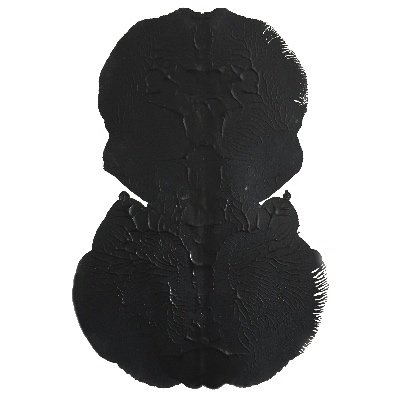The Menuhin Tour of San Francisco Part 2
This is the second installment of my Yehudi Menuhin housing obsession. If you want to visit the first, click here.
1043 Steiner Street. The home of Yehudi Menuhin beginning in 1923.
Jeff and I drove to Northern California for Thanksgiving this year (which was amazing in case anyone is wondering - I am now obsessed and can’t wait to return) and picked up my gal pal Kat on our way to Sonoma County where we rented a cabin in the woods for a few days. We stopped briefly in San Francisco but stayed just long enough for me to go on an Active Violinist field trip to hunt down yet another home where Yehudi Menuhin resided.
Fortunately, Kat lives blocks away from Menuhin’s early family home (both of them) so it was easy to stop by and snap some photos and made a good excuse to stretch our legs after a few hours in the car.
Menuhin and his family moved from 732 Hayes Street to 1043 Steiner Street at some point in 1923 (according to Humphrey Burton, most likely in the autumn). These residences are walking distance from each other and very close to Alamo Square and the Painted Ladies so I can only imagine what they might cost to purchase or rent these days.
Burton writes;
“By [1923] Yehudi’s potential as a performer would have been sufficiently evident for them to buy a residence appropriate for their future needs. The handsome two-storey wooden house, 1043 Steiner Street, still stands on one of San Francisco’s attractive hillsides. It boasted a double living room, normally divided by sliding doors into dining and living rooms but capable when opened up of seating sixty guests an an informal concert - an astonishingly grandiose concept for a young couple of limited means with three very small children. But the Menuhins loved entertaining…and they needed somewhere for young Yehudi to play for their friends.
There was a small room off the kitchen where the boy did his daily practice. Marutha did not oversee his work so much as overhear it while she prepared the meals. At the back there was a yard with some trees and a swing. They built a deck on which they erected a large tent and there the entire family slept, in divided sections, apparently all the year round, because the ingenious Moshe let out the upstairs bedrooms to lodgers…In the basement Moshe created a large garage where he rented parking spaces to pay off the $5000 mortgage on the new house at $50 per month.” (24-25). [1]
We pulled into San Francisco in mid-afternoon of the Wednesday before Thanksgiving. It was beautifully sunny, and still a little damp from the rain the previous evening but the light was so special and the temperature was perfect. We strolled through the park to take a look at the house on Steiner Street. It is well maintained but missing any commemorative plaque for the violinist - which, again, feels quasi scandalous. Who will remember the greatness that passed through those doors if the city does not commemorate it appropriately? Jeff and Kat encouraged me to knock on the door and ask for an informal tour but I felt too shy so we tried to go next door to Chateau Tivoli, a bed and breakfast to see if the staff could give us a clue about the current residents. Interestingly enough, from 1898-1917 the bed and breakfast was the private residence of Mrs. Ernestine Kreling, owner of the famous Tivoli Opera House, the first place where opera was sung on the West Coast. In the early part of the 20th century, the neighborhood was largely Jewish, and after 1917 was sold to the Emanu-El Sisterhood as a home for single girls, and subsequently housed many and various Jewish organizations. [2] The things you learn when you start digging!
Stay tuned for the next installment of Menuhin trivia. I’m not sure what it will be, but it will arrive soon.
Sources:
[1] Humphrey Burton, Yehudi Menuhin, A Life. Northeastern University Press: Boston, 2000.
[2] https://www.chateautivoli.com




